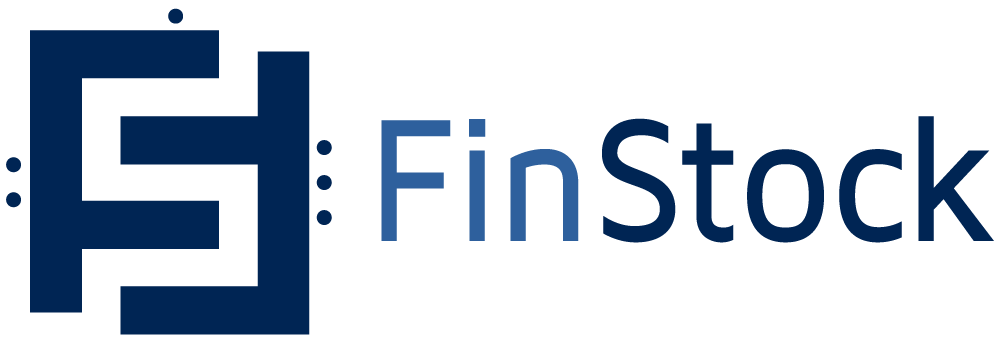ToolsGroup extends congratulations to SKF, which edged out tough competition from other finalists Shell Lubricants and Siemens to win the 2020 Gartner Supply Chainnovator Award in the Industrial category. SKF’s use of a digital twin for analytics to support integrated planning demonstrated exceptional supply chain innovation.
According to Gartner, “the Gartner Supply Chainnovator Awards is an annual research program that identifies, assesses and awards outstanding examples of Supply Chain Innovation. The goal of the award is to identify the innovative, unconventional and high-impact initiatives leaders are working on and investing in to drive the transformation of their supply chains.”1
SKF is a Swedish-based company best known as the world’s largest producer of bearings that go into everything from Formula One racing car wheels to the passenger pods on the famous London Eye tourist attraction. Serving more than 130 countries, 40 industries and 17,000 customer distributors/dealers, SKF’s vast supply chain includes 94 manufacturing plants in 24 countries worldwide.
SKF challenged by legacy supply chain planning processes
Before SKF’s transformation, supply chain planning processes were outdated and planning was done in regional silos. As SKF’s network grew, planning became increasingly chaotic. By 2014 there were some 800,000 item-locations in its core bearing business, in some 40 installations of five+ different ERP systems around the world. The nearly 300 planners required to manage SKF’s highly manual process found themselves firefighting, duplicating efforts and partially conflicting with each other. This made SKF unwieldy, unable to react quickly enough to changes and limited its possibilities to further develop its supply chain performance.
Digital transformation enables automated supply chain planning
In January 2015 SKF decided to proactively improve its supply chain to better innovate and respond to market disruptions. SKF’s Joerg Schlager and his peers in the Demand Chain team realized that its supply chain operation needed to become more nimble, resilient and predictive to avoid being ambushed by a competitor.
Today “SKF is moving toward a nearly fully automated supply chain planning process where global planners only act on deviations. Using the data from the digital twin, SKF’s deployment of ToolsGroup’s Service Optimizer 99+ planning software automatically calculates each item’s external demand forecast and factors in lead times and actual stock levels throughout the supply network. It also calculates safety stock levels and net forecasts for every warehouse and creates replenishment plans to satisfy future customer demand to set service levels. Lastly, it creates alerts whenever serious deviations need attention or intervention.”2
How did SKF achieve Gartner Supply Chainnovator status?
The size and complexity of SKF’s supply chain made consistent optimal trade-offs difficult at the planning level between “cash” (such as safety-stock levels and goods in transit), “cost” (such as staffing and output of production and transportation methods) and “customer” (service levels). To gain needed visibility to make trade-offs and feed accurate, timely data into its new planning system, SKF created a “digital twin” of its supply chain. This would take the form of a cluster of structured master data and operational data tables.
SKF needed to have structured data to feed into the automation and visibility tools that would improve operational planning processes. Joerg and the project team decided to develop the digital twin in order to provide the visibility required to support truly fact-based decision making; to link low-level, operational decisions to high-level strategic goals. Here are the steps Joerg and his team took:
1. Create a map of the supply chain network
This is a view of how SKF’s items are manufactured, stored, moved, and sold around the world. A key part of this step was preparing the data (including cost, service-level targets, lead times, planning parameters, supply routes, etc.) for roughly 800,000 SKUs in its core bearing business. This involved continuously extracting data from about 40 instances of five different ERP systems, then normalizing the data before moving it into a central repository. Having this completed was an important milestone as it provides supply chain information down to the lowest level of detail, readily available on demand – and updated daily.
2. Establish the digital twin
The next step was bringing the supply chain network map to life by adding operational data: details like open customer orders, goods-in-transit, and inventory levels. This living, digital twin provides visibility to answer questions like: What’s the total number of external customer orders for one item across all our global sales operations right now? How much inventory do we hold of that item in all our locations? How many of those items are currently in transit in all our transportation lanes? These are just a few examples of simple questions that the digital twin can answer about the present. However its value really grows when SKF applies it to plan for the future – demand-, distribution- and production-planning is now driven by facts and customer demand.
3. Use the digital twin in supply chain planning
The next step was feeding the data from the central relational database repository into SKF’s supply chain planning software, ToolsGroup Service Optimizer 99+ (SO99+). SKF had already been using SO99+ to set safety-stock levels as part of its MEIO process, and now began using it for daily operational planning. SO99+ enables SKF to optimize demand, inventory, and planning for all SKU-Locations in its supply chain. It now more easily senses demand deviations and address them more proactively. Crucially the software and process lets SKF optimize inventory levels against desired service levels so that it’s able to compete effectively without incurring excessive storage, transportation costs, and obsolescence. For example, when SKF faces supply shortages, its Global Planners can now make informed decisions about which warehouses to prioritize sending inventory to or how to adjust the production plan, minimizing the impact on customer service levels.
Staying in the lead requires self-disruption
Despite being a market leader, SKF rejected complacency and chose to disrupt itself to push the limits of supply chain efficiency and innovation. The full transformation is not complete yet, but so far the results are encouraging: By optimizing inventory levels throughout its network for roughly 19,000 SKUs, SKF has already reduced inventory by 12 percent, valued at USD 8.7 million (SEK 82 million). It has achieved these savings with 20 percent less planning resources. The extra planning capacity, freed up by automating redundant, repetitive and manual number-crunching, are being redeployed into higher-value activities like proactive demand management.
Read more about SKF’s Gartner Supply Chainnovator recognition
1 https://www.gartner.com/en/doc/industrial-supply-chainnovator-finalists-2020
2 Industrial Supply Chainnovator Finalists 2020: Enabling Analytics at Scale. Published 27 April 2020 – ID G00720139


